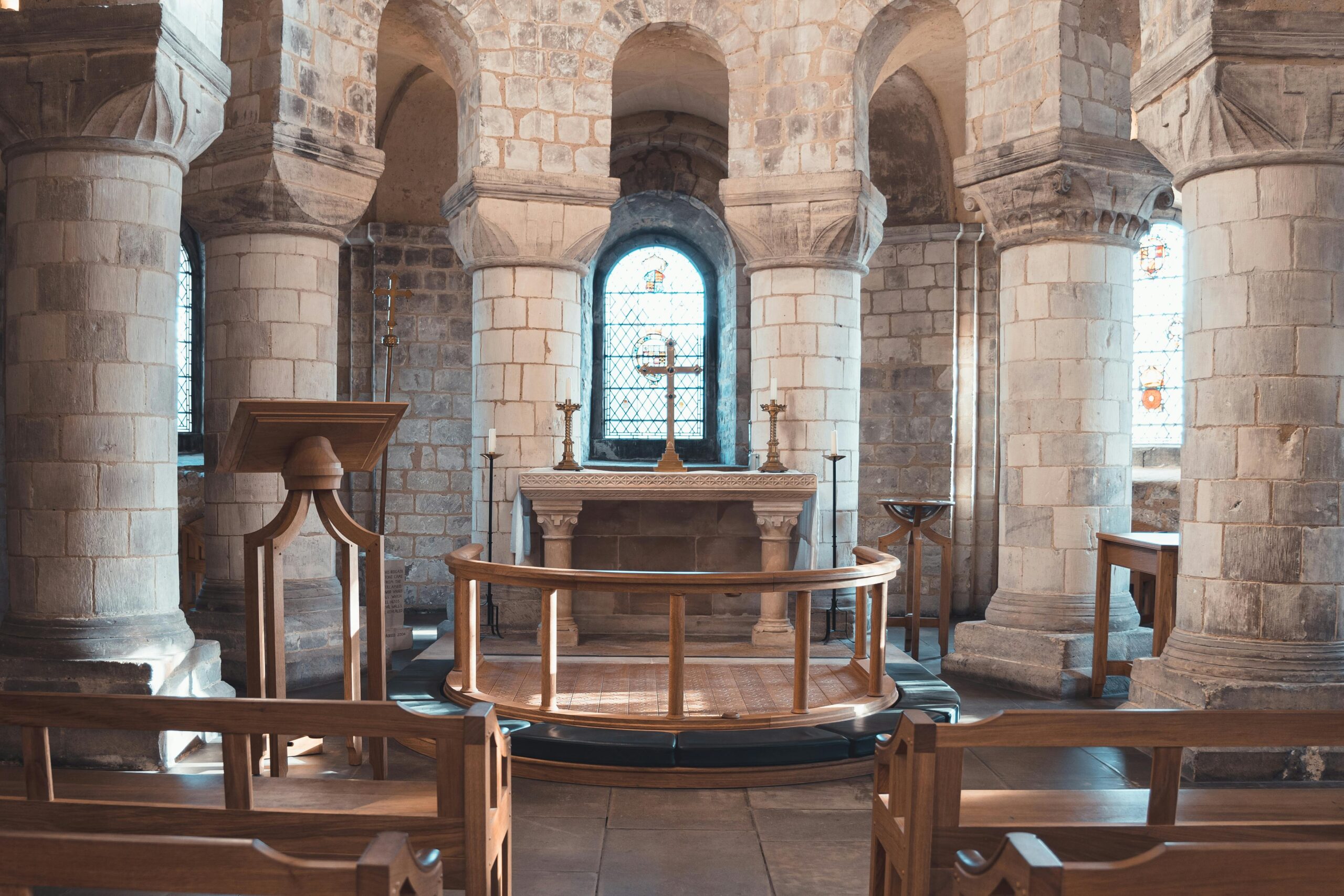Introduction
Churches have long been at the heart of communities, serving as places of worship, centers of learning, and historical landmarks. Their architectural beauty, artistic significance, and historical importance make them vital to our cultural heritage. The preservation of churches is not merely about maintaining religious sites but about safeguarding invaluable history, art, and cultural traditions. This article explores why church preservation matters for cultural heritage and the role it plays in maintaining a connection to the past.
The Historical and Architectural Significance of Churches
Churches are often among the oldest buildings in a community, showcasing centuries of architectural evolution. From Gothic cathedrals to Baroque chapels and minimalist modern churches, each structure tells a story about the time and place in which it was built. Many churches contain intricate stained-glass windows, frescoes, sculptures, and other artistic treasures that reflect the craftsmanship of their era.
Examples of Architectural Heritage
- Notre-Dame Cathedral, France: A masterpiece of Gothic architecture, Notre-Dame has withstood centuries of history, symbolizing French culture and resilience.
- St. Peter’s Basilica, Vatican City: A prime example of Renaissance architecture, this church houses invaluable works by Michelangelo and Bernini.
- Westminster Abbey, UK: Known for its medieval Gothic style, this church has been the site of royal coronations and burials for centuries.
Preserving such landmarks ensures that future generations can appreciate and learn from their historical and architectural significance.
Cultural and Social Importance of Church Preservation
Beyond their architectural value, churches serve as cultural and social hubs. They are sites where communities gather for significant life events such as weddings, baptisms, and funerals. Additionally, churches often house historical records, manuscripts, and artifacts that provide insights into the cultural practices and traditions of past societies.
Churches as Centers of Community Life
- Education and Scholarship: Many churches have historically served as schools and libraries, fostering learning and literacy.
- Charitable Work: Churches provide shelter, food, and support for the less fortunate, reinforcing their role in societal well-being.
- Tourism and Economy: Preserved churches attract tourists, boosting local economies through increased foot traffic, hospitality, and related industries.
Challenges in Church Preservation
Despite their importance, many churches face challenges that threaten their existence. Urban development, neglect, financial constraints, and natural disasters contribute to the deterioration of these historic structures.
Common Threats to Churches
- Urbanization and Modernization: Many old churches are in areas undergoing rapid development, leading to demolition or repurposing.
- Lack of Funding: Restoration projects require significant financial resources, often lacking in smaller or rural communities.
- Environmental Damage: Weathering, pollution, and natural disasters can cause structural damage and degradation of artistic elements.
To address these challenges, various organizations, governments, and communities must collaborate to secure funding, raise awareness, and implement preservation strategies.
The Role of Conservation Efforts
Church preservation efforts are crucial to maintaining cultural heritage. Governments, heritage organizations, and local communities play a key role in ensuring the survival of these historic landmarks.
Strategies for Church Conservation
- Government and NGO Involvement: Many countries have heritage conservation laws and grant programs to support restoration.
- Public Awareness Campaigns: Educating communities on the significance of preservation encourages grassroots support.
- Adaptive Reuse: Some churches are repurposed for cultural events, museums, or community centers while maintaining their historic integrity.
Conclusion
Church preservation is essential for maintaining cultural heritage, historical continuity, and architectural excellence. These structures serve as symbols of faith, history, and art, connecting past and present generations. By investing in their preservation, we not only protect physical landmarks but also safeguard the traditions, knowledge, and cultural identity they represent. Whether through government initiatives, community involvement, or individual contributions, preserving churches ensures that these invaluable pieces of history remain for future generations to appreciate and learn from.
Sacred Christian Pilgrimage Organization is a non-profit organization devoted to inspiring spiritual growth through Christian pilgrimage. We create content to guide and support individuals on meaningful journeys of faith.





